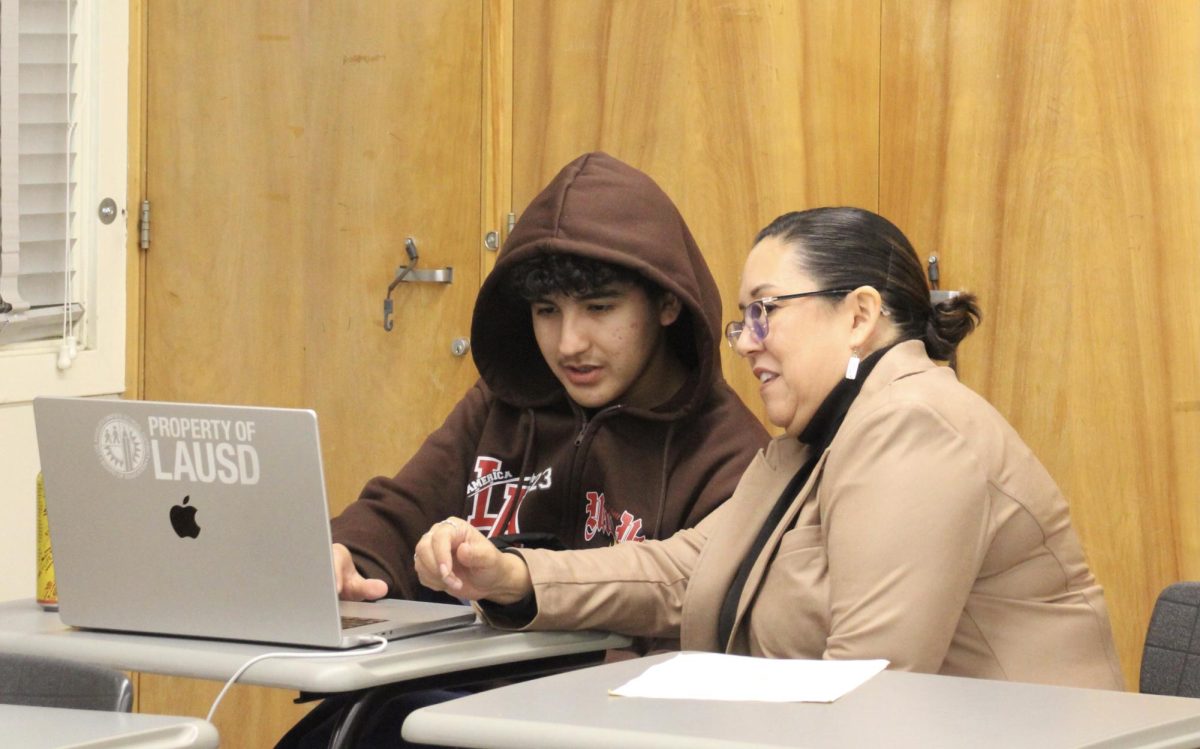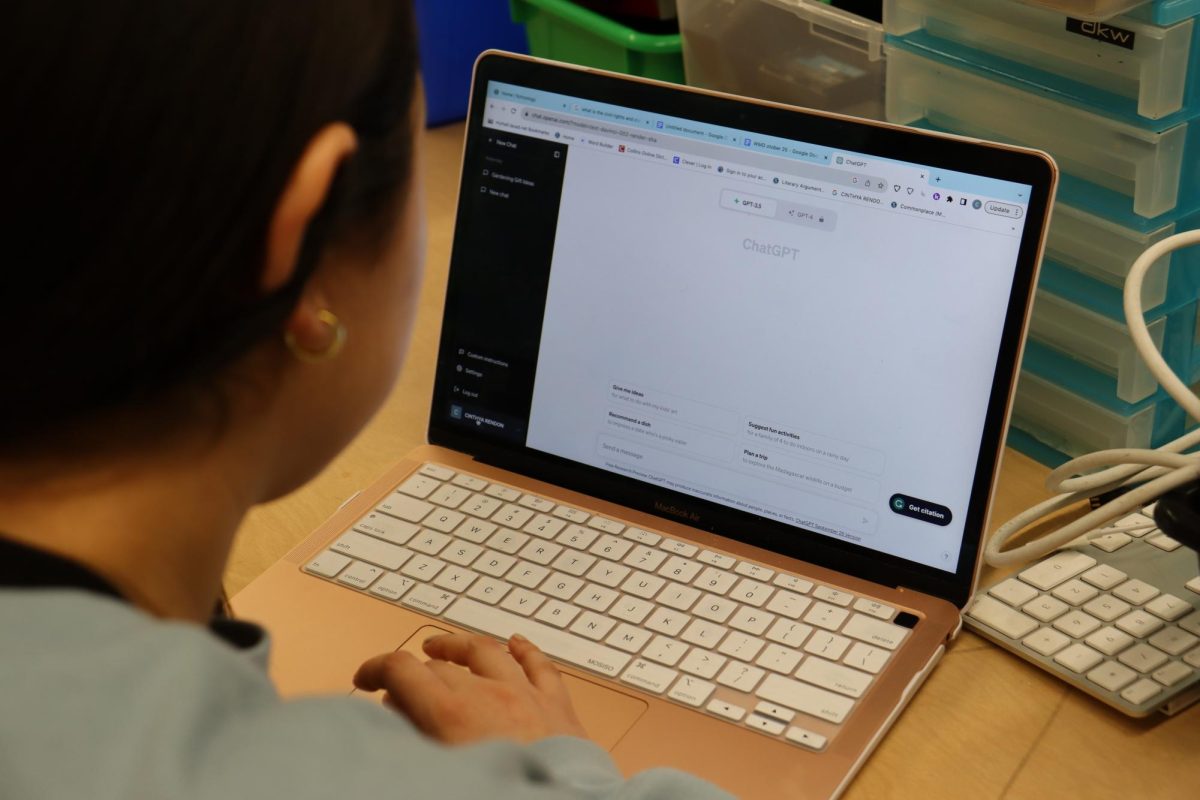By Cailin Reid
Features Editor
Khajika Soyoltulga, who entered the country illegally with her parents when she was 3 years old, now has the opportunity to live in the United States and work for two years without the fear of deportation due to the recent changes in federal policy.
“Doing what my family did was hard but they wanted me to have a better life,” said Soyoltulga, who graduated from Daniel Pearl Magnet High School in 2012. “It is difficult because I couldn’t get financial aid. I can’t get a license and I can’t get a job.”
Approximately 1.3 million undocumented people under the age of 31 now have the chance to participate in the Deferred Action for Childhood Arrivals (DACA) program, created by the Obama Administration by June 15. The deferred action policy prevents deportation to their home country and allows the person to receive a work permit for a two-year period.
According to an Oct. 14 Washington Post article, the government has received 180,000 applications for deferred action and approved 4,591.
To be eligible for the “deferred action” program, applicants must meet list of requirements.
DACA applicants must have arrived to the United States before the age of 16, be under 31 years of age and have lived in the United States continuously since June 15, 2007. Applicants also need to show that they are going to school or have received a high school diploma or a GED.
To prove that the applicants were here on June 15, they have resorted to common items: cell phone records, ATM slips, credit card receipts etc. Some people have also resorted to Facebook postings as a means of credibility, with the use of the ‘check in’ operation.
More than 2,300 students in LAUSD have requested transcripts to apply for deferred action. This has really put a strain on LAUSD. The district expects to spend at least $200,000 in staff cost.
Many student immigrants are fearful of applying for the DACA program. The applicants fear that the people who review their applications will use the details within it against them in an effort to arrest them and get them deported.
Even if applicants are rejected for the DACA program, the Obama Administration said that none of the material that is submitted through application would be used to deport them or their parents or other relatives.
According to U.S. Citizenship and Immigration Services, many criticize the deferred action program. They say that it undermines U.S. immigration law and that people who enter the country illegally should not be eligible for jobs that could otherwise go to legal residents. Even though some are against DACA, there are many people that are for it.
“Everybody deserves to live the American Dream. I am pro for the DREAM Act. Children deserve to live in the U.S. and have a decent education without the fear of deportation. I’m a huge supporter for Deferred Action,” said Assemblyman Isadore Hall III, who represents the Compton and Long Beach areas.
Despite the similarities, DACA is completely different from the DREAM Act program. The DREAM Act, Development, Relief, and Education for Alien Minors, is an American legislative proposal first introduced in the Senate on Aug. 1, 2001, by Dick Durbin and Orrin Hatch. That bill would provide conditional permanent residency to certain undocumented residents of good moral character who graduate from U.S. high schools, arrived in the United States as minors and lived in the country continuously for at least five years prior to the bill’s enactment. The U.S. Senate rejected the DREAM Act in 2010.
In the meantime, the deferred action offers an alternative for some undocumented people.
““It is great how I have a chance to do something better with my life and be something, which is all my parents wanted,” said Soyoltulga, who is now attending college.
– Staff Writer Ana Hernandez contributed to this report







